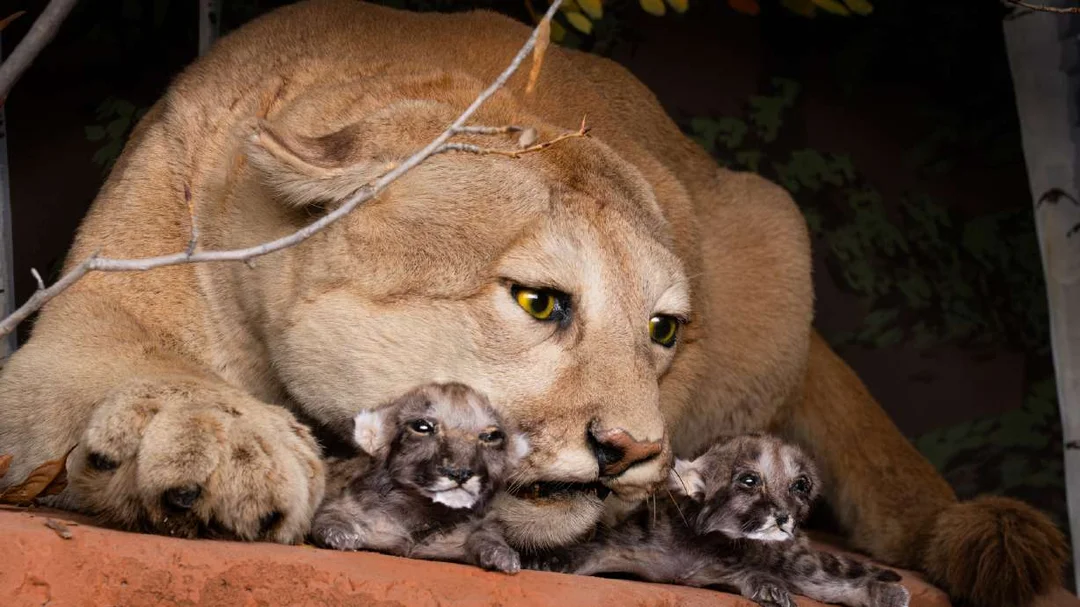
Unique Taxidermy Museum in Southern Utah Champions Conservation Efforts
The Bryce Canyon Wildlife Conservation Museum in southern Utah is attracting visitors and raising awareness about wildlife conservation through a unique approach—taxidermy. This museum, established by Robert Driedonks, showcases an extensive collection of taxidermy animals, demonstrating their beauty while also addressing the crucial issue of conservation.

The museum’s philosophy revolves around educating the public. Through artistic and meticulously crafted displays, each mounted animal tells a story, highlighting concerns about habitat loss, poaching, and climate change. Driedonks, also a passionate photographer, is working on a photo book aimed at enhancing public awareness about these issues, showing that there’s much more to these taxidermy pieces than mere aesthetics.
Visitors to the museum often find themselves captivated not just by the lifelike appearances of the animals, but by the inspiring mission behind the exhibit. In a world where many species are facing extinction, initiatives like this serve as poignant reminders of the delicate balance of our ecosystems. The taxidermy presentations are paired with interactive educational displays, allowing guests to engage directly with the content and learn more about the conservation efforts necessary to protect these magnificent creatures.
This unique approach contrasts with traditional conservation methods that may not always captivate the public's attention. By using taxidermy in a constructive way, the museum invites visitors to witness the beauty of wildlife up close while simultaneously engaging them in conversations about ecological responsibility. For young generations who might not see these animals in the wild, it becomes a vital educational tool.
As climate change exacerbates the vulnerability of various species, the role of such institutions becomes increasingly important. They not only educate but inspire action, urging visitors to consider their place in the broader tapestry of life on Earth. It is a reminder that conservation is not just about saving animals; it is about preserving the interconnectedness of all living things.
As this museum continues to grow, we can’t help but wonder—how can more institutions adopt similar practices to promote conservation? The Bryce Canyon Wildlife Conservation Museum sets a compelling example, blending art, education, and advocacy in a way that resonates deeply with audiences. We encourage you to share your thoughts on how taxidermy and wildlife conservation can work hand in hand in today’s world. What other innovative practices can museums explore to enhance this mission?